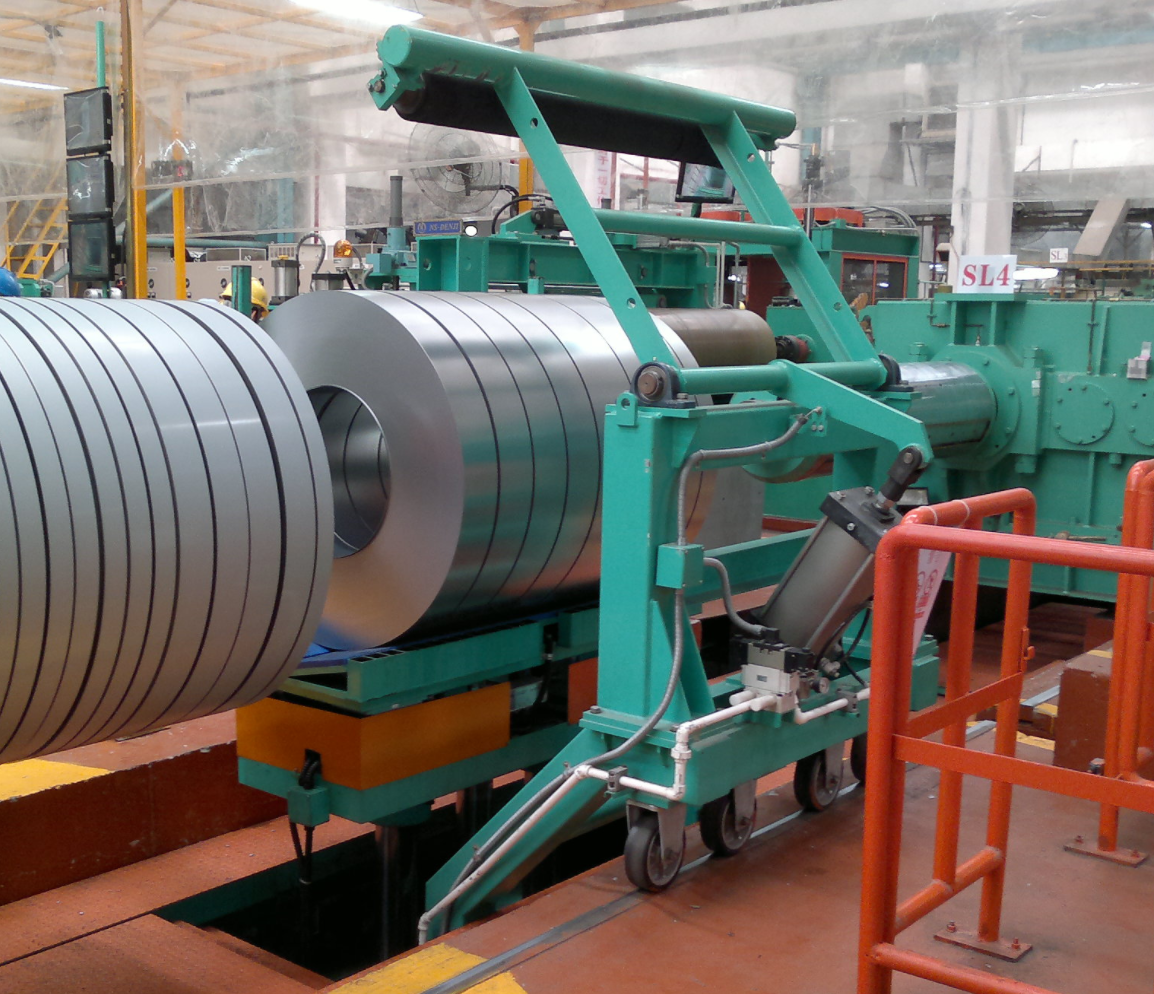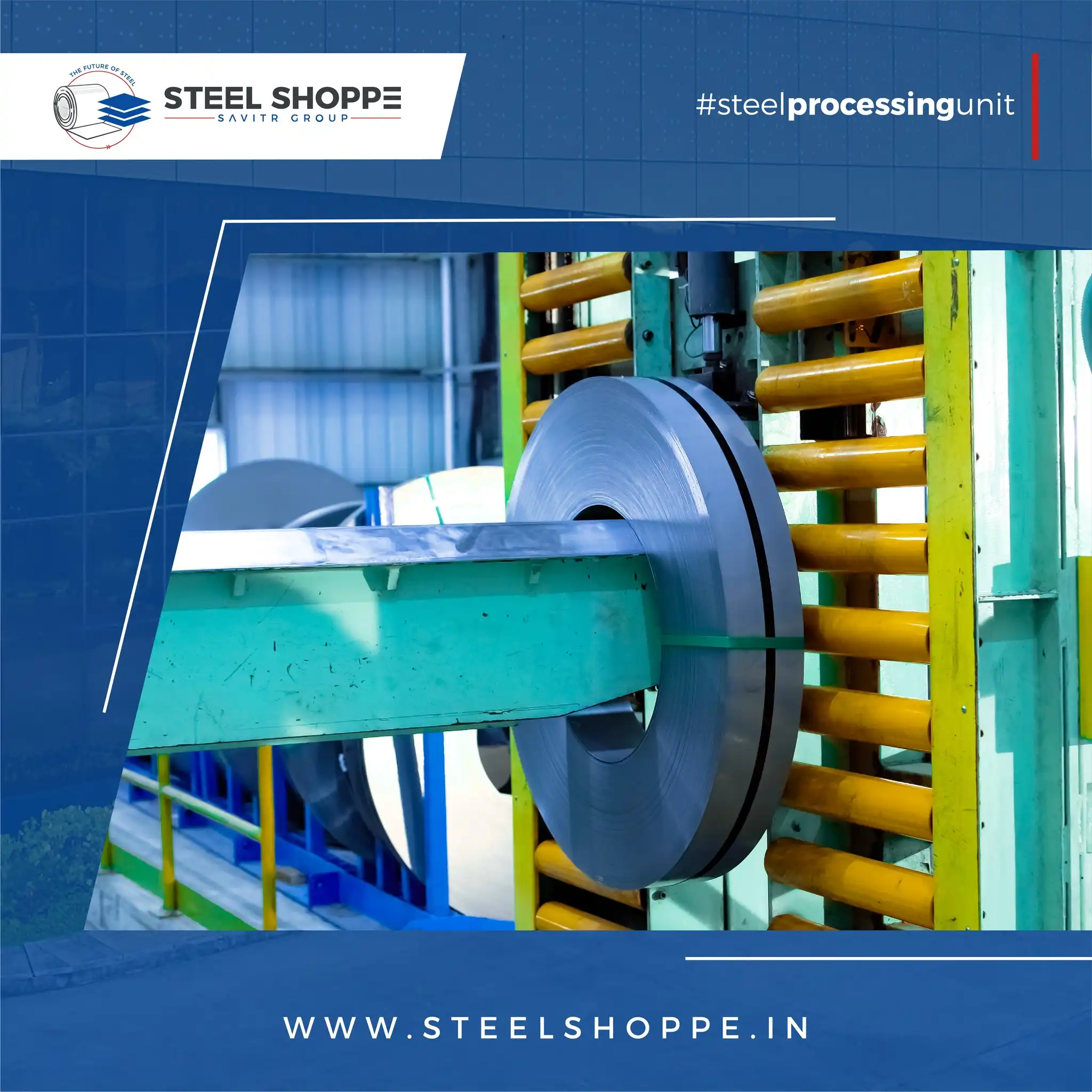1. How to Prevent Damage to PVC Pipes During Transportation?
Transporting PVC pipes requires careful planning and execution to prevent damage, which can lead to costly replacements and project delays. Implementing the correct preventative measures ensures that these essential materials arrive at their destination in optimal condition, ready for installation.
Preventing damage to PVC pipes during transportation involves several key steps: proper inspection before loading, secure loading techniques to minimize movement, and careful handling during unloading. These measures, combined with appropriate storage during transit, are crucial for maintaining the integrity of PVC pipes and fittings, ensuring they are damage-free upon arrival.
This article delves into the essential strategies for preventing damage to PVC pipes during transportation, ensuring that your materials arrive at the job site in perfect condition. By understanding and implementing these best practices, you can significantly reduce material waste and project costs.
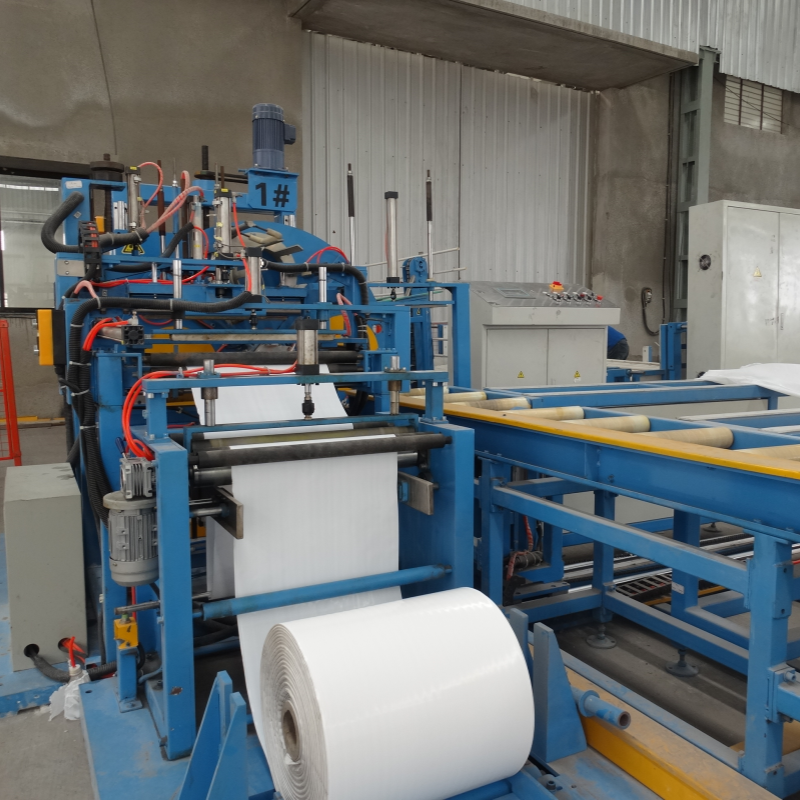
2. Pre-Transportation Inspection: The First Line of Defense
Before PVC pipes even leave the factory or distribution center, a thorough inspection is paramount. This initial step is crucial for identifying any pre-existing damage that could worsen during transportation or compromise the pipe’s integrity. Catching issues early prevents further complications down the line.
Prior to transportation, inspect PVC pipes for any visible damage such as scratches, gouges, cracks, or deformations. Check the pipe ends for splits or heavy deformations. For larger diameter pipes, inspect the bore for internal cracks. Ensure that the pipe material and specifications match the order requirements to avoid any mismatches upon arrival. This proactive approach minimizes the risk of transporting already compromised materials.
A rigorous pre-transportation inspection is not just about identifying damage; it’s about setting a quality benchmark for the entire shipment. Let’s explore the key elements of this inspection process and how they contribute to damage prevention.
2.1 Key Elements of a Pre-Transportation PVC Pipe Inspection
A comprehensive inspection should cover several critical aspects of the PVC pipes to ensure they are in transport-ready condition. This process is not merely a cursory glance but a detailed evaluation to preempt potential issues.
| Inspection Area | Check Points | Why It’s Important |
|---|---|---|
| Visual Examination of Pipe Surface | Scratches, gouges, abrasions, cuts, splits, cracks, discoloration, deformation | Identifies physical damage that may compromise structural integrity or indicate improper handling. |
| Inspection of Pipe Ends | Cracks, cuts, gouges, heavy deformations, out-of-roundness | Ends are vulnerable during handling and loading. Damage here can propagate along the pipe. |
| Internal Bore Inspection (Large Diameter) | Internal cracks, splits, obstructions | Internal damage may be invisible from the outside but can severely weaken the pipe. Use a flashlight for thorough inspection. |
| Dimensional Verification | Diameter, length, wall thickness (if readily measurable) | Ensures pipes meet specifications and are correctly sized for the intended application. |
| Material and Specification Check | Material type (PVC, CPVC), pressure rating, manufacturer markings, compliance with order specifications | Prevents material mix-ups and ensures the correct product is shipped. |
| Bundle and Packaging Integrity | Condition of packaging, strapping, skids, and supports | Damaged packaging can indicate rough handling and potential damage to pipes within. |
By systematically addressing each of these inspection points, you create a robust defense against transporting damaged PVC pipes. This thoroughness at the outset minimizes risks and sets the stage for successful delivery and project execution.
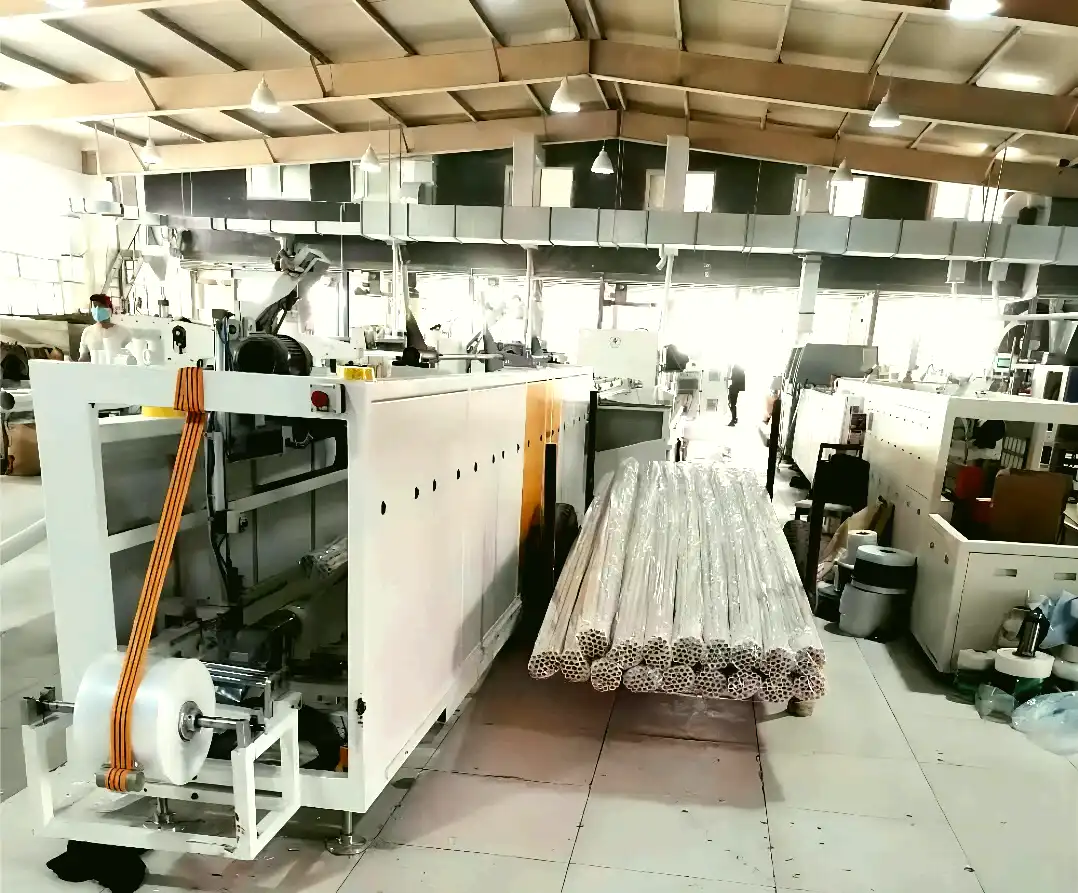
3. Loading Techniques to Minimize Stress and Movement
Proper loading is just as crucial as pre-inspection. Incorrect loading can introduce stress, friction, and movement during transit, leading to various forms of damage, even if the pipes were initially flawless. The goal is to load PVC pipes in a way that minimizes these risks throughout the journey.
When loading PVC pipes, ensure they are fully supported along their length to prevent sagging or bending. Use wooden supports and avoid stacking pipes too high to prevent compression damage to lower layers. Distribute the weight evenly across the truck bed and secure bundles or individual pipes with straps, avoiding overtightening which can deform the pipes. Proper loading is essential for maintaining pipe integrity during transportation.
Effective loading techniques are not just about placing pipes onto a truck; they are about understanding load dynamics and physics. Let’s explore the best practices in loading to safeguard PVC pipes from transit-induced damage.
3.1 Best Practices for Loading PVC Pipes
Optimizing loading procedures requires attention to detail and adherence to guidelines that minimize physical stress on the pipes. These practices are designed to create a stable and secure load, reducing the likelihood of damage from shifting, vibration, or compression.
| Loading Method | Technique | Damage Prevention Benefit |
|---|---|---|
| Full Length Support | Use wooden dunnage or supports spaced appropriately to prevent sagging. Ensure supports are level and stable. | Prevents bending and deformation, especially for longer pipes, maintaining their straightness. |
| Layer Separation | For stacked loads, place wooden planks or padding between layers of pipes, especially at socket ends. | Distributes weight evenly, prevents direct pipe-on-pipe contact that can cause scratches and abrasions, and protects sockets. |
| Weight Distribution | Load heavier pipes at the bottom and lighter pipes on top if stacking different sizes. Distribute the load evenly across the truck bed’s width and length. | Avoids crushing or deformation of lower pipes under excessive weight. Maintains vehicle stability and balance. |
| Securing with Straps | Use wide, soft straps made of nylon or fabric. Position straps strategically to prevent shifting. Tighten straps firmly but avoid overtightening. | Restrains movement and prevents pipes from sliding or rolling during transit. Overtightening can deform pipe walls. |
| Bundle Loading | Keep pipes bundled together as they are often packaged. If unbundling is necessary, re-bundle securely for transport. | Bundling provides collective strength and stability, reducing individual pipe movement and potential damage. |
| Avoid Point Loads | Ensure that no sharp objects or edges are in contact with the pipes. Avoid placing heavy items directly on top of unsecured pipes. | Prevents gouges, punctures, and concentrated stress points that can lead to cracks or breaks. |
By integrating these loading best practices, you create a multi-layered defense against transportation damage. Each technique contributes to load stability and pipe protection, ensuring a safer transit and arrival in good condition.
4. Securement and In-Transit Care: Protecting Pipes on the Road
Once loaded, securing the PVC pipes for transit is the next critical step. Proper securement minimizes movement, vibration, and impact during transportation. Furthermore, being mindful of environmental factors during transit, like temperature and sunlight, also plays a vital role in preserving pipe quality.
Secure PVC pipes during transit using appropriate straps and tie-downs to prevent shifting and movement. Protect pipes from direct sunlight and extreme temperatures by covering them with a non-transparent, breathable material. Avoid transporting pipes with heavy or sharp objects that could fall onto or rub against them. Securement and in-transit care are vital for preventing damage en route.
Transportation is not just about moving from point A to point B; it’s about ensuring the cargo remains stable and protected throughout the journey. Let’s examine the essential methods and considerations for securing and caring for PVC pipes while they are in transit.
4.1 Methods for Secure Transit of PVC Pipes
Securing PVC pipes effectively involves a combination of techniques and materials that work together to minimize risks throughout the transportation process. These methods address movement, environmental exposure, and potential impacts.
| Securement Aspect | Method | Protection Mechanism |
|---|---|---|
| Strapping and Tie-Downs | Use nylon or polyester straps with ratchets. Apply straps around bundles or individual layers, ensuring even pressure. Use edge protectors where straps contact pipe edges. | Prevents lateral and longitudinal movement of the pipes. Ratchets allow for tightening and tension maintenance. Edge protectors prevent strap damage to pipes. |
| Load Binders and Chains (Use with Caution) | Load binders and chains can be used for heavy loads but require careful application to avoid overtightening. Use with protective padding between chains and pipes. | Provides very strong securement for heavy loads. Padding is crucial to prevent crushing or deformation from chain pressure. |
| Dunnage and Blocking | Use wooden blocks and dunnage to fill gaps and prevent load shifting. Place blocks to brace pipe bundles against each other and the truck walls. | Eliminates void spaces that allow load shifting. Provides physical barriers to maintain load position during braking and turns. |
| Covering and Weather Protection | Use opaque tarps or covers to protect from direct sunlight and UV radiation. Ensure covers are breathable to prevent heat buildup. Secure covers tightly to avoid wind damage. | Shields pipes from UV degradation and excessive heat, preventing discoloration and deformation. Breathability prevents moisture buildup and mold. |
| Temperature Management | Avoid transporting PVC pipes in enclosed, unventilated trailers during high temperatures. If unavoidable, schedule transport during cooler parts of the day. | Prevents heat-induced deformation or softening of PVC, especially important in hot climates. |
| Route Planning | Choose routes with smoother roads to minimize vibration and impact. Avoid routes with sharp turns or sudden stops if possible. | Reduces physical stress on the pipes caused by rough roads and abrupt vehicle movements. |
By employing these securement and in-transit care methods, you create a protective environment for PVC pipes during transportation. Each method targets specific risks, ensuring that pipes arrive at their destination as safely as possible.
5. Unloading and Handling at Destination: The Final Stage of Damage Prevention
The journey isn’t over until the PVC pipes are safely unloaded and correctly handled at their final destination. Careless unloading and handling can undo all the preventative measures taken during inspection, loading, and transit. Treating the unloading process with the same diligence is essential to complete the damage prevention cycle.
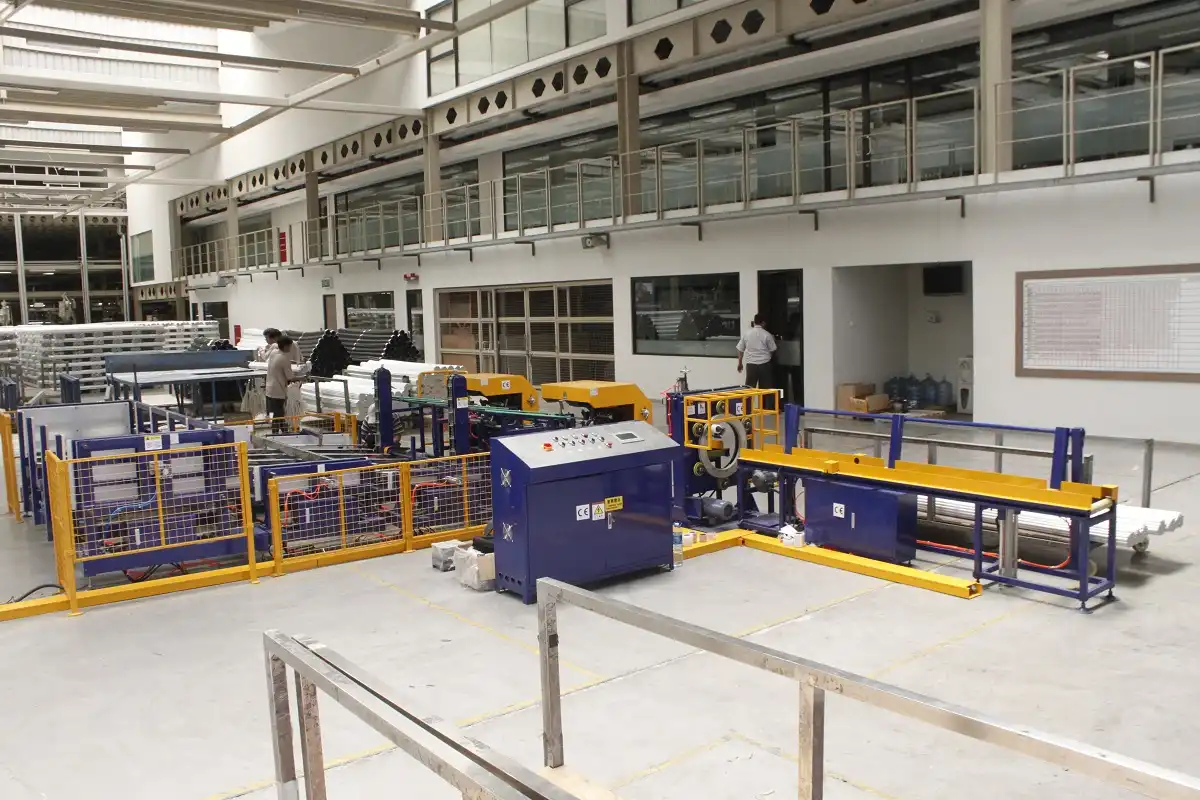
When unloading PVC pipes, use forklifts or cranes with appropriate slings to lift and move pipes without dragging or dropping them. Inspect pipes again during unloading for any transit damage. Store pipes on level ground, supported to prevent sagging, and protected from direct sunlight and extreme temperatures. Proper unloading and handling at the destination are crucial for maintaining pipe integrity.
Unloading is the final opportunity to ensure that PVC pipes are treated with care. It’s the last step in preserving their condition and ensuring they are ready for installation. Let’s explore the critical guidelines for unloading and handling PVC pipes at their destination to prevent any last-minute damage.
5.1 Guidelines for Safe Unloading and Handling of PVC Pipes at Destination
Implementing careful unloading and handling procedures at the destination is as vital as every step taken before. These guidelines ensure that pipes are moved from the transport vehicle to storage or installation sites without incurring damage.
| Unloading Action | Technique | Damage Prevention Benefit |
|---|---|---|
| Equipment Selection | Use forklifts with padded forks, cranes with wide web slings, or pipe-handling equipment designed for PVC. Ensure equipment is rated for the load weight. | Prevents direct contact of metal forks or chains with pipes, reducing risk of scratches, gouges, and crushing. Ensures safe lifting capacity. |
| Controlled Lifting and Lowering | Lift and lower pipes vertically. Avoid dragging or pushing pipes off the truck. Use tag lines to guide and control pipe movement. | Prevents abrasions from dragging and impact damage from dropping. Tag lines ensure controlled and precise movements. |
| Inspection During Unloading | As pipes are unloaded, conduct a visual inspection for any damage that may have occurred during transit. Document any new damage immediately. | Catches any transit-induced damage right away, allowing for immediate assessment and damage control. |
| Handling on Site | Use dollies, hand trucks, or forklifts for moving pipes around the site. Avoid rolling pipes on the ground or dragging them over obstacles. | Prevents ground abrasion, impact damage from obstacles, and unnecessary stress on pipes during site movement. |
| Storage Practices Post-Unloading | Store pipes on level ground, supported by wooden dunnage to prevent sagging. Protect from direct sunlight and extreme heat with opaque covers and ensure ventilation. | Maintains pipe shape and integrity during storage, preventing deformation and UV degradation while awaiting installation. |
By meticulously following these unloading and handling guidelines, you close the loop on damage prevention for PVC pipe transportation. These final steps are crucial for ensuring that all efforts to protect the pipes throughout their journey culminate in their arrival at the point of use in perfect, installation-ready condition.
Conclusion
Protecting PVC pipes during transportation is a multi-stage process that requires attention to detail from pre-inspection to final unloading. By implementing these preventative measures—thorough inspection, proper loading and securement, careful in-transit management, and diligent unloading and handling—you can significantly minimize damage. Adhering to these best practices ensures that PVC pipes arrive at their destination in optimal condition, ready for their intended use, saving costs, reducing material waste, and maintaining project timelines. Investing in these preventative strategies is an investment in project success and material integrity.


